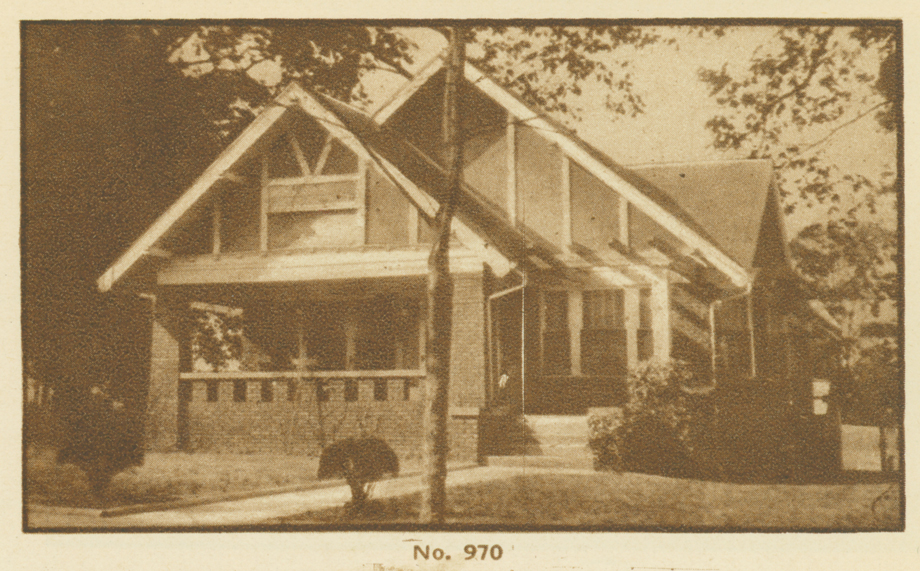
Visit one of Atlanta’s intown neighborhoods where early-20th-century houses and bungalows remain, and you’ll likely find the work of Leila Ross Wilburn, one of Georgia’s first female registered architects. Macon-born but Decatur-bred, Wilburn began her architectural career in 1906, joining only one other Georgia woman, Henrietta Dozier, in the male-dominated profession.
After graduating from Agnes Scott Institute (now Agnes Scott College) and studying architectural drafting with a private tutor, the 21-year-old traveled around the country to study the emerging Arts and Crafts movement—using her Kodak camera to capture some 5,000 photographs of residences that inspired her. Returning to Atlanta, she apprenticed with B.R. Padgett and Son, where her first commission was a three-story YMCA gym at Georgia Military Academy, now Woodward Academy. Just three years later, Wilburn established her own practice.

Photograph courtesy of McCain Library
The pioneering architect took an egalitarian approach to her craft. Rather than cater exclusively to wealthy clients, she marketed her residential designs directly to the middle class through a series of plan books. Starting with Southern Homes and Bungalows in 1914, Wilburn’s plan books, the only ones known to have been published by a woman, were filled with renderings whose plans could be purchased by homeowners and builders. As Wilburn noted in Homes of Good Taste, “The idea of publishing house designs, so that the builder in the small town may have a home in as good taste as his city brother, has always appealed to me.”
Her books featured bungalows and moderately sized houses in a range of styles, from Craftsman (perhaps the style most associated with Wilburn) to Colonial Revival and, later, ranch-style houses. Her homes were built throughout Atlanta—including Inman Park, Ansley Park, and Midtown—and the rest of Georgia, making her the state’s most prolific residential architect, according to architectural historian Robert Craig. They also appeared in other states, including Florida, North Carolina, South Carolina, Mississippi, and Michigan.

Photograph courtesy of McCain Library

Illustration by Chris Turnham
Although Wilburn designed some commercial buildings, she is best known for her residential work, which included single-family houses and apartment buildings. Two of the latter that remain standing are Midtown’s Wilburn House condominiums, a Craftsman-style building formerly known as Piedmont Park Apartments, and the Rosslyn on Ponce de Leon Avenue, which now houses the Atlanta Transitional Center. Her legacy looms especially large in Decatur, which boasts dozens of Wilburn-designed houses and where the city gives an annual historic preservation award in her honor.
While Wilburn’s minority status in her profession presented challenges, she believed that her sex was an asset to residential work, something she expressed in her plan books: “Being a woman I feel that I may know the little things that should go in it to make living in the house a pleasure to the entire family.”
This article originally appeared in our Summer 2016 issue of Atlanta Magazine’s HOME.













